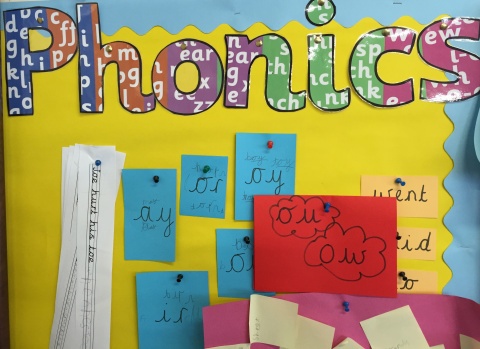Posted by Sophie on Mon 4th July 2016

What is Phonics?
According to the Department of Education; phonics is a way of teaching children to read quickly and skilfully. Using phonics children can:
-recognise the sounds that each individual letter makes
-identify the sounds that different combinations of letters make - such as ‘sh’ or ‘oo’
- blend these sounds together from left to right to make a word
Why do we teach phonics?
Phonics as a method is a great way to learn to read as it simplifies the English language down into just 44 sounds. Children therefore 'decode' words by breaking it down into it's sounds rather than having to memorise 1,000's of words individually. Research shows that phonics when taught correctly is one of the most effective ways of teaching children to learn to read. Sounds are taught from easiest to hardest: single letter sounds first then moving on to two letters making a sound and so on. Learning phonics is one of the most important stepping stones in early reading.
When children are familiar with the sounds that the letters make they are able to use them when reading, to segment and blend words together. It is proven to be more effective with children ages from 4-7 years old, but can be used with any age.
All over the UK, primary schools are teaching phonics as a method for early readers. It was introduced In 2012 and since has had great results. Unlike learning words by sight and shape, phonics provides the opportunity to learn skills that can be used to read almost any word. Skills that are learned stay with a child throughout their life and provide a stepping stone into their education.
Phonics can be tricky to understand if you have never used it to learn to read, take a look at the Department of Education website to find out more:
http://www.gov.uk/government/collections/phonics
If you are unsure of letter sounds, download Read with Phonics:
